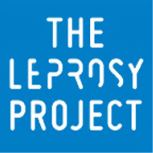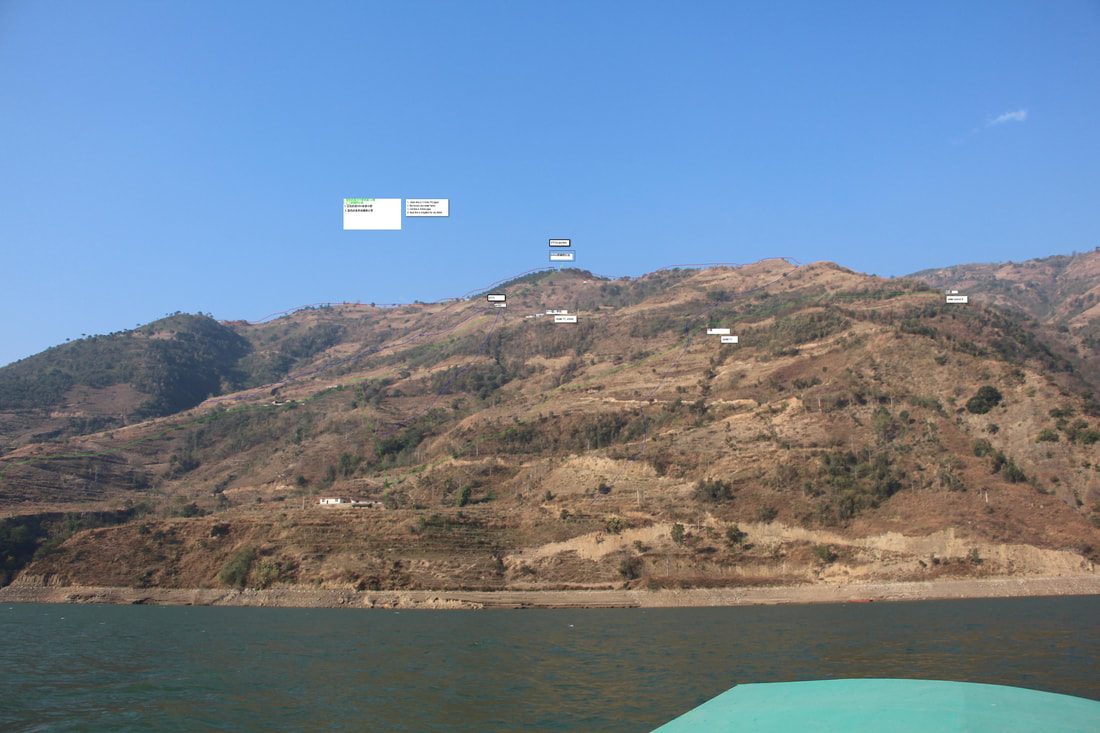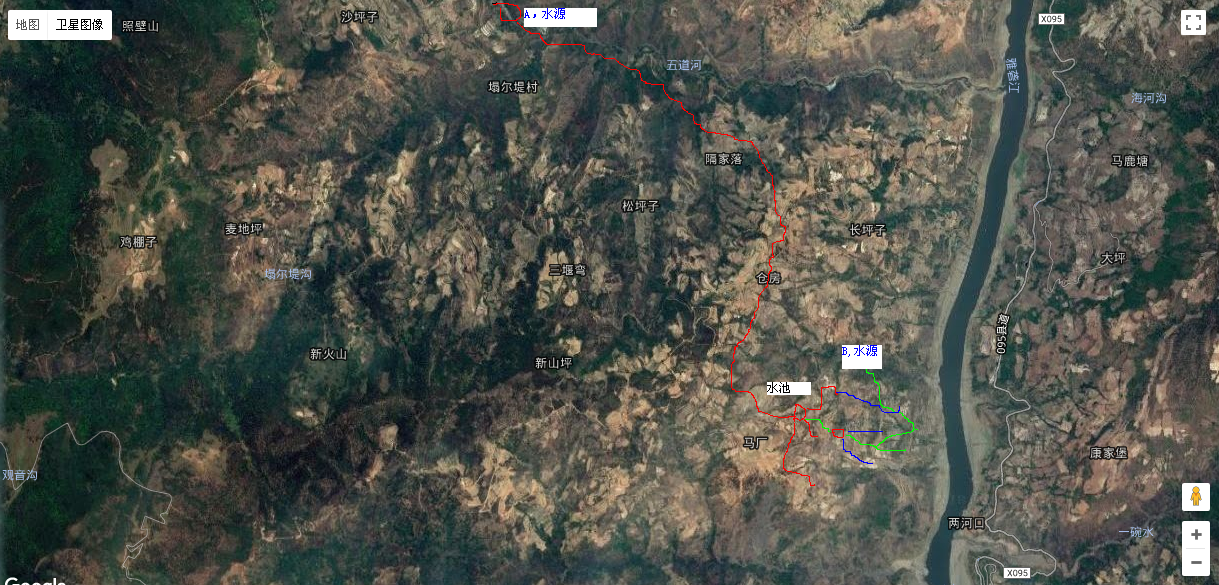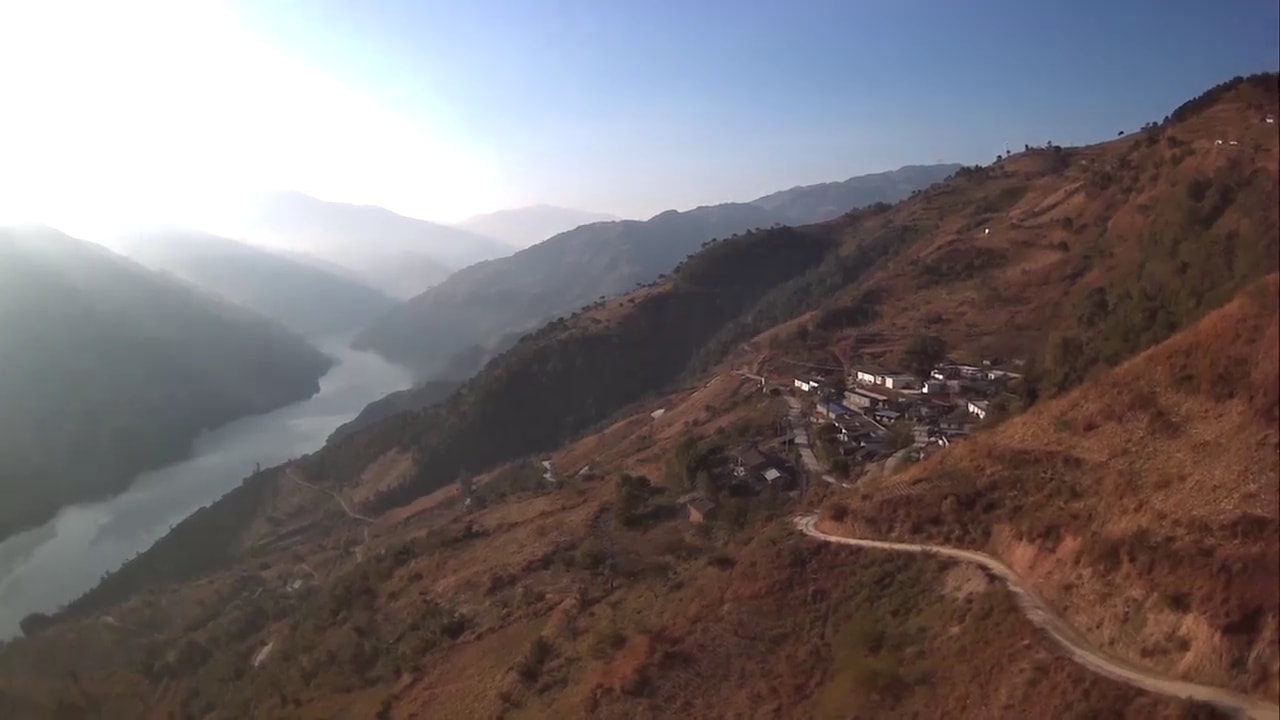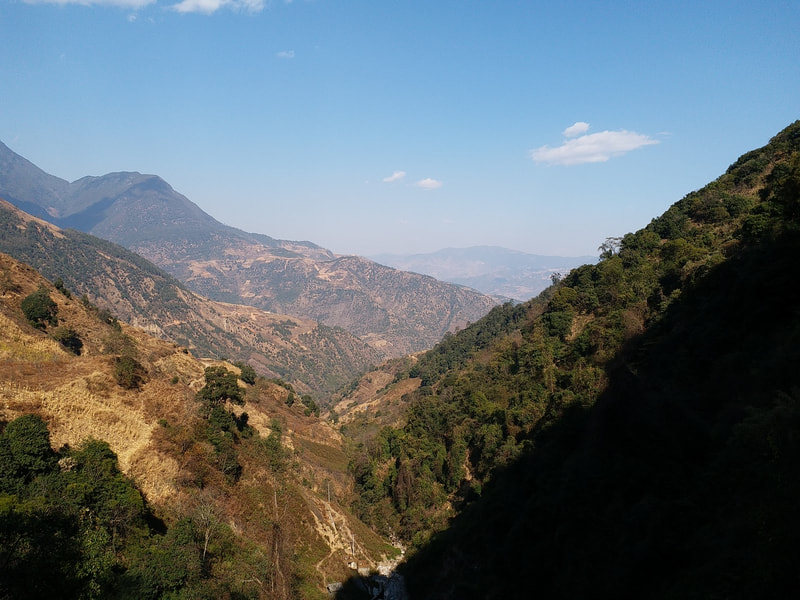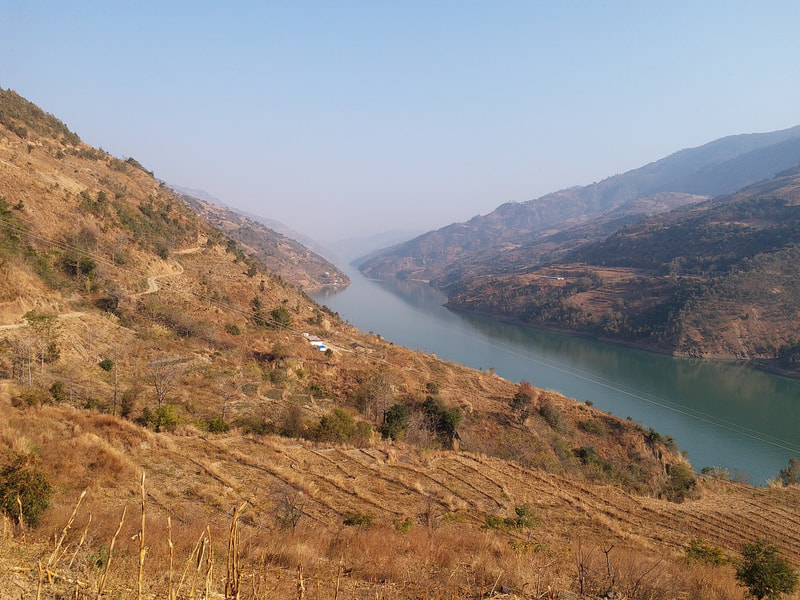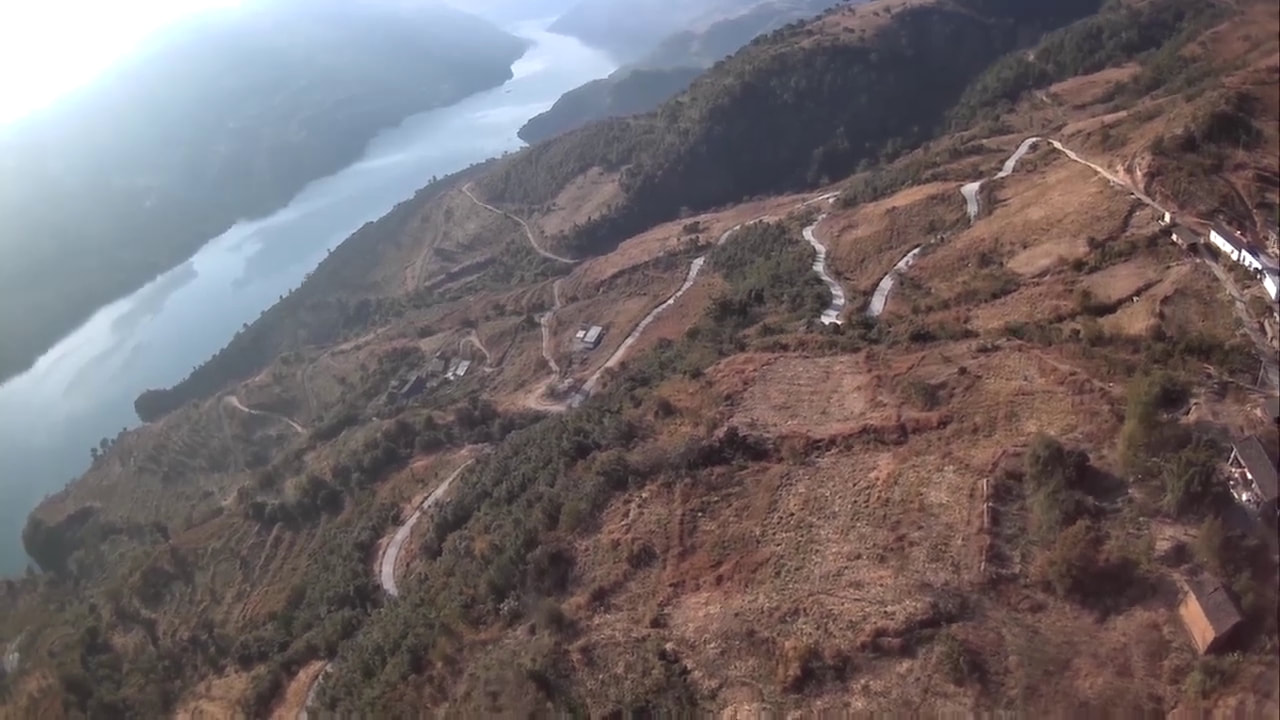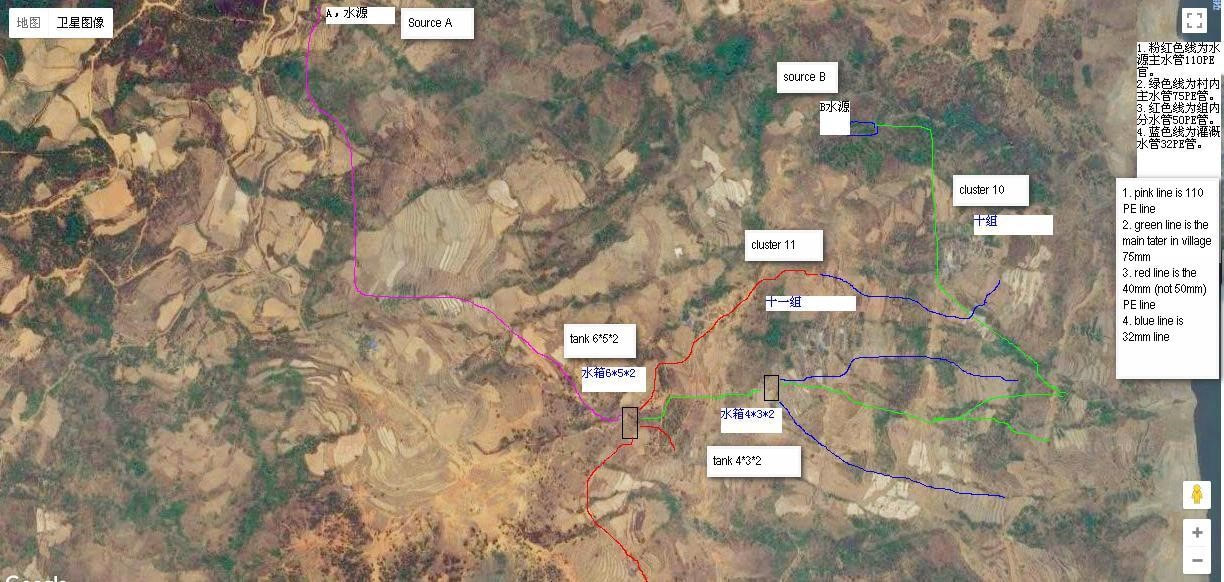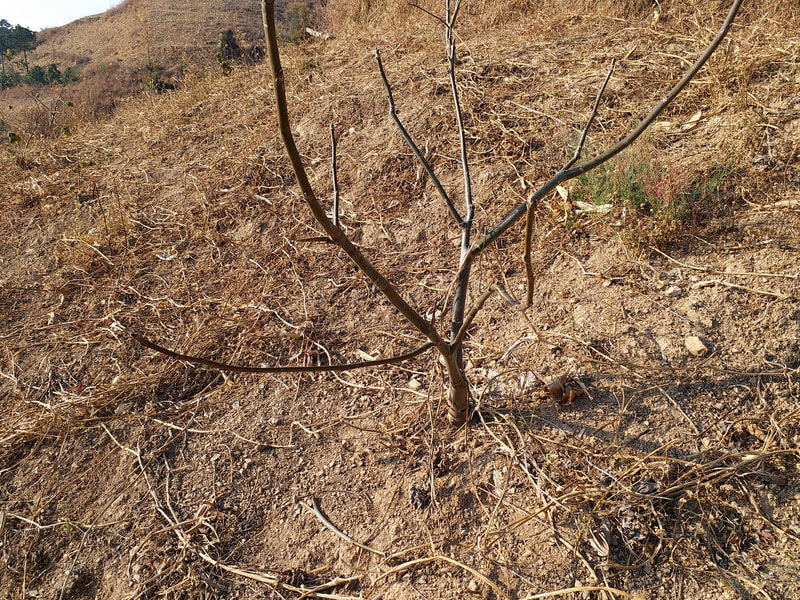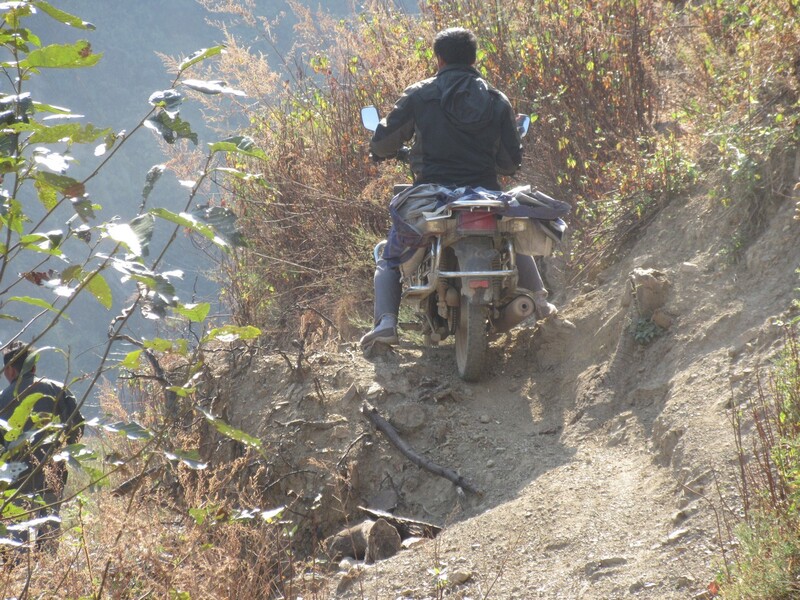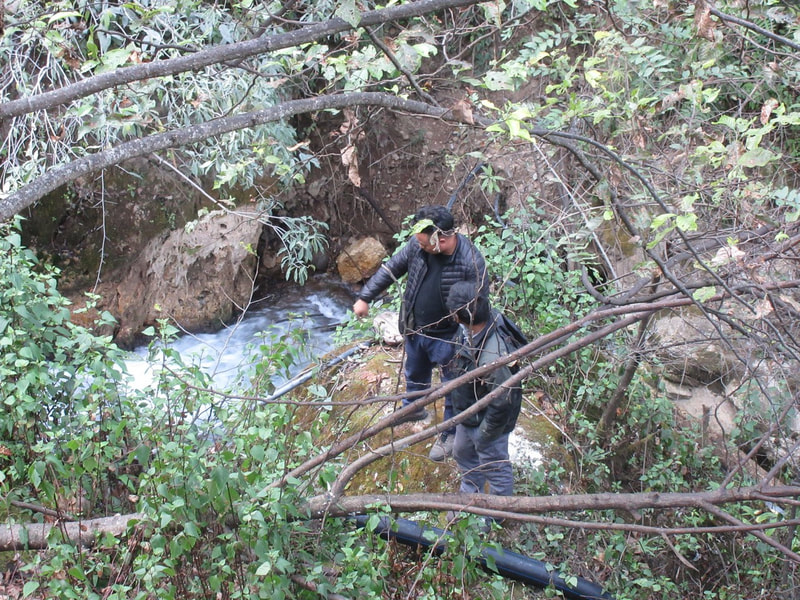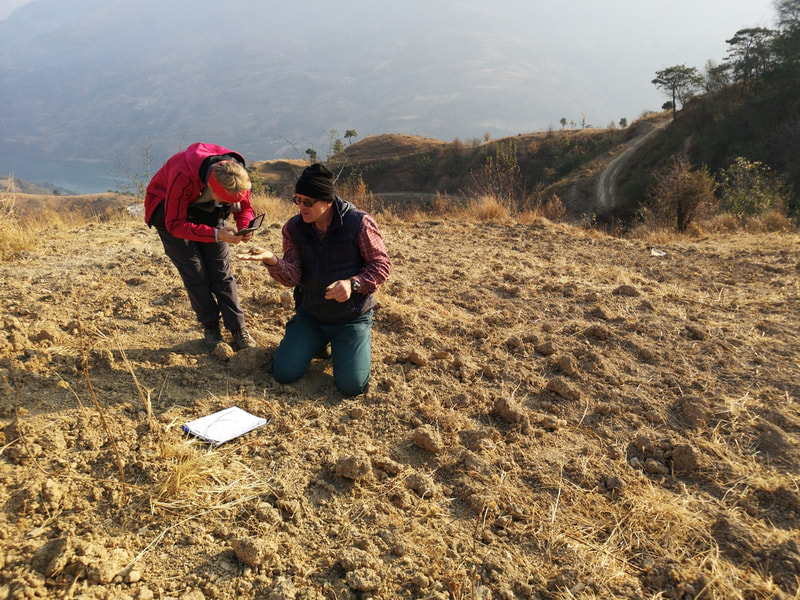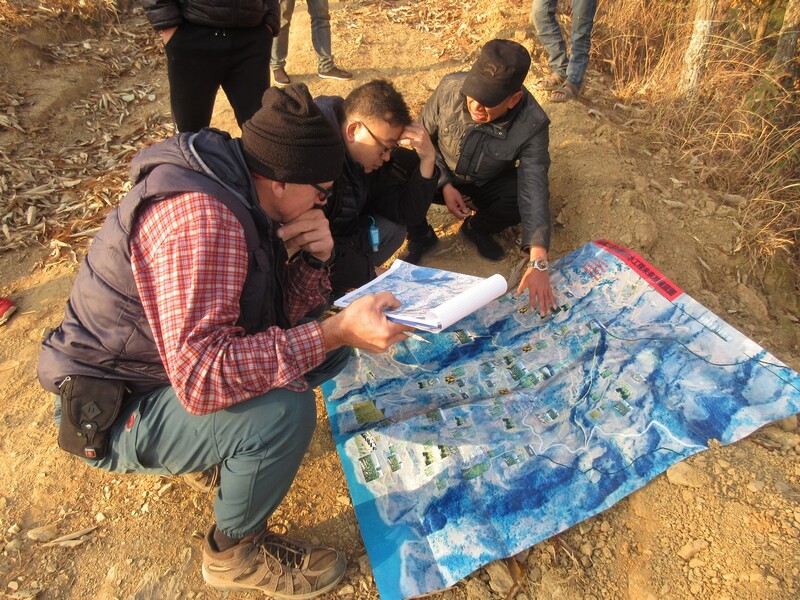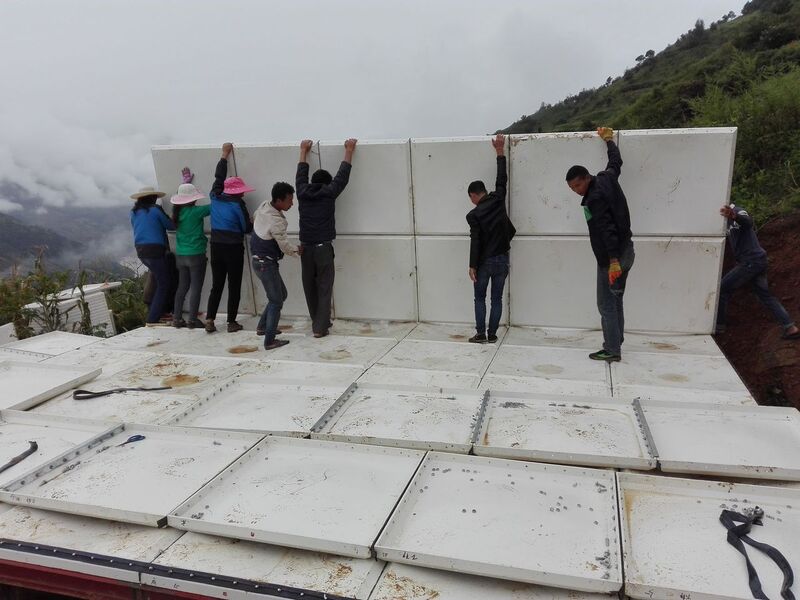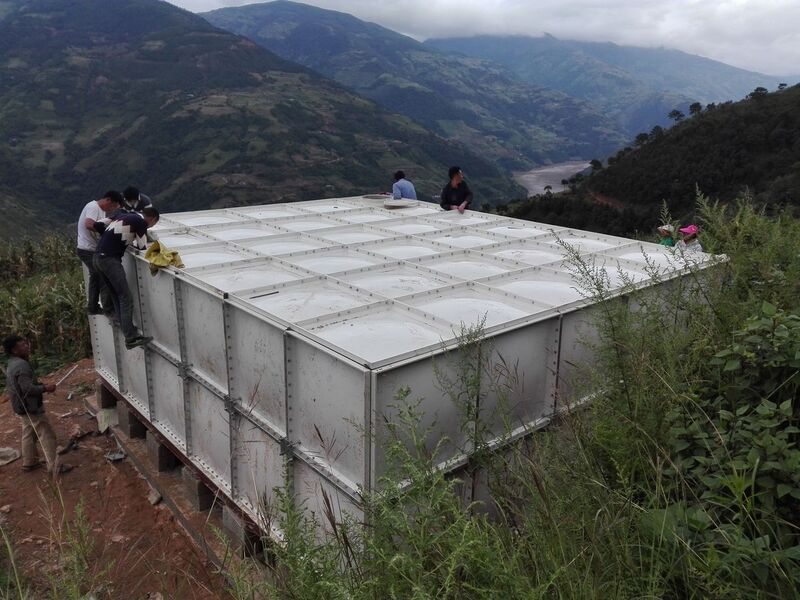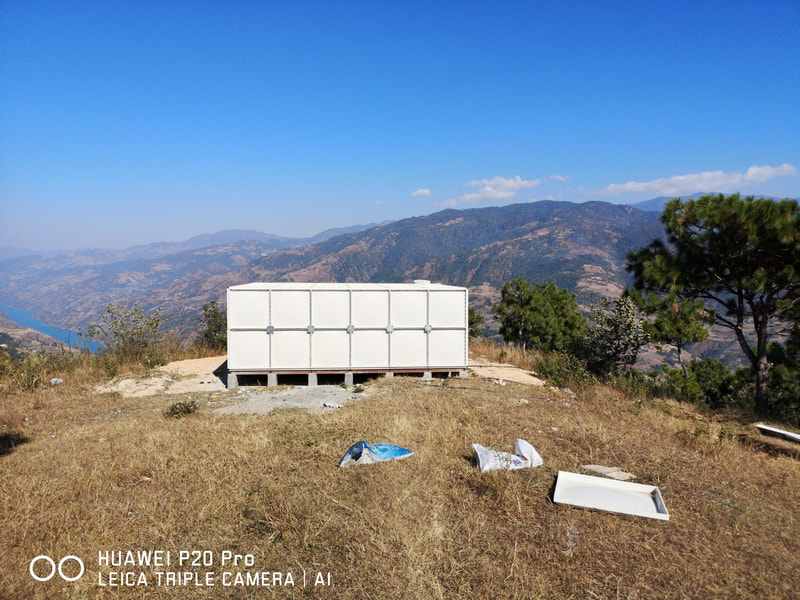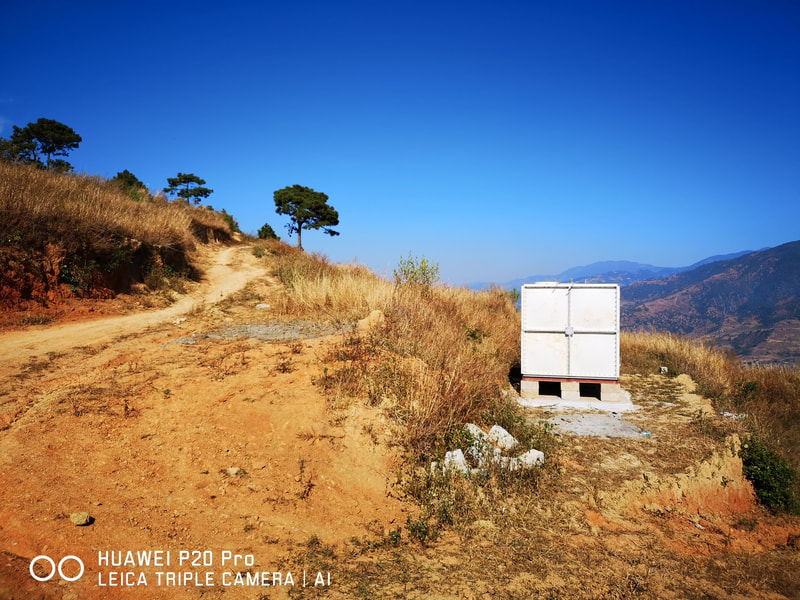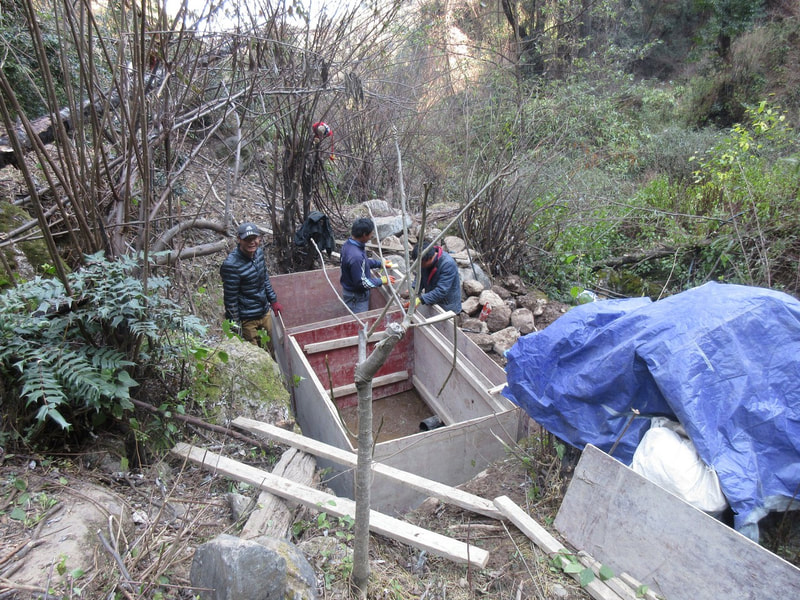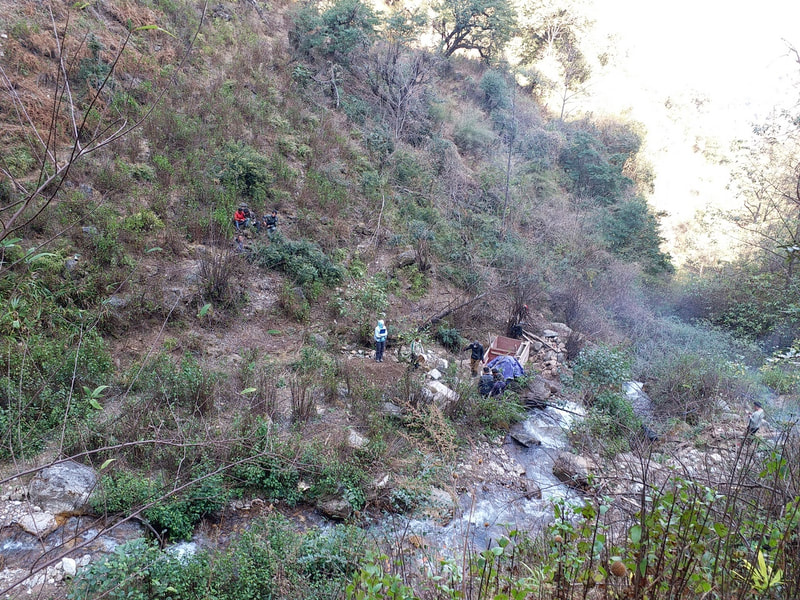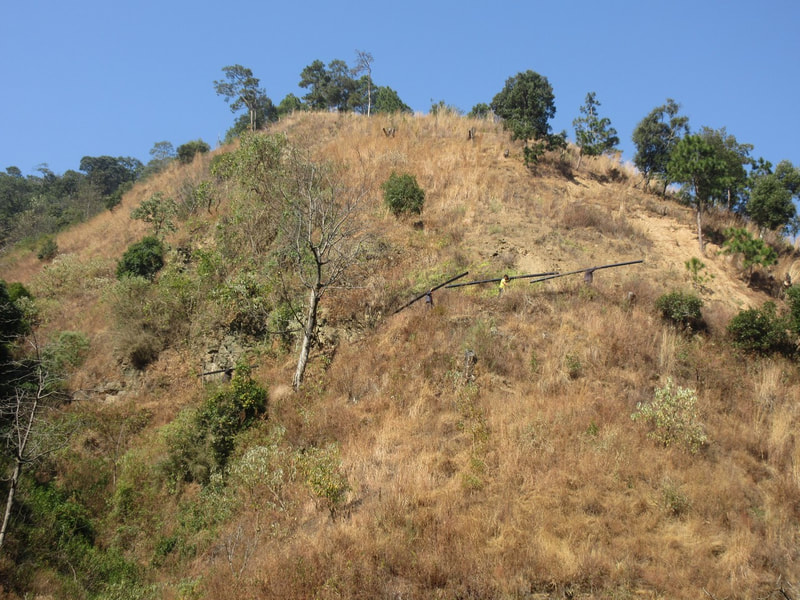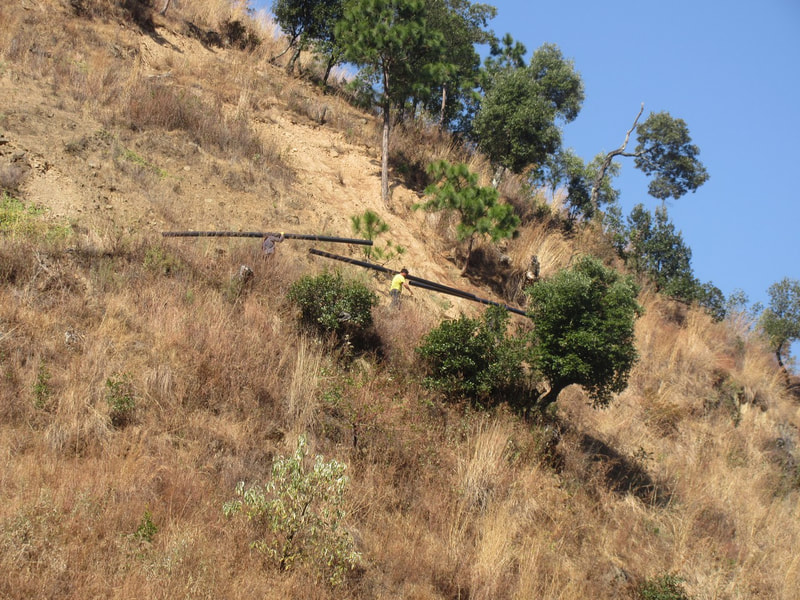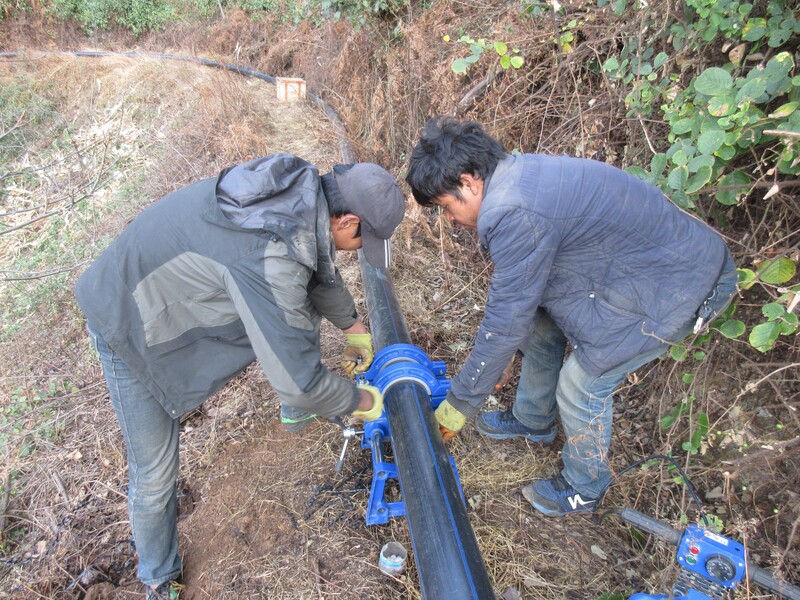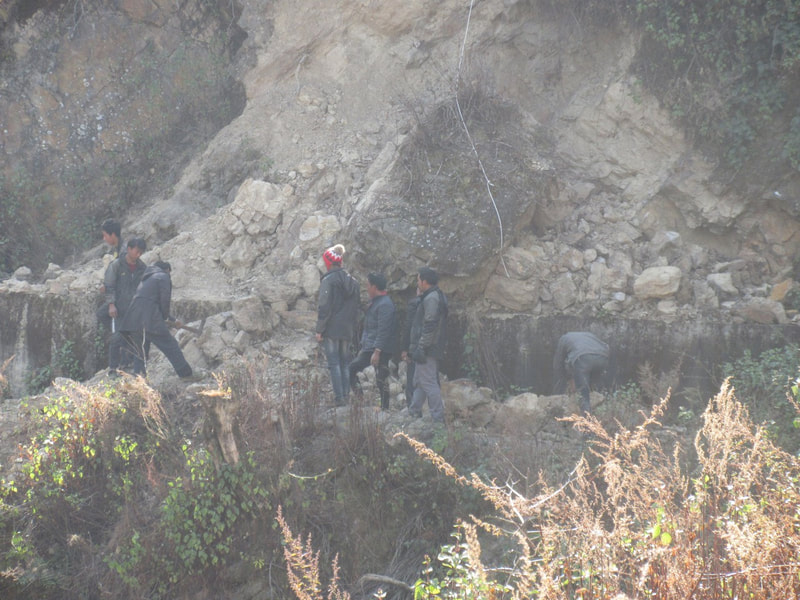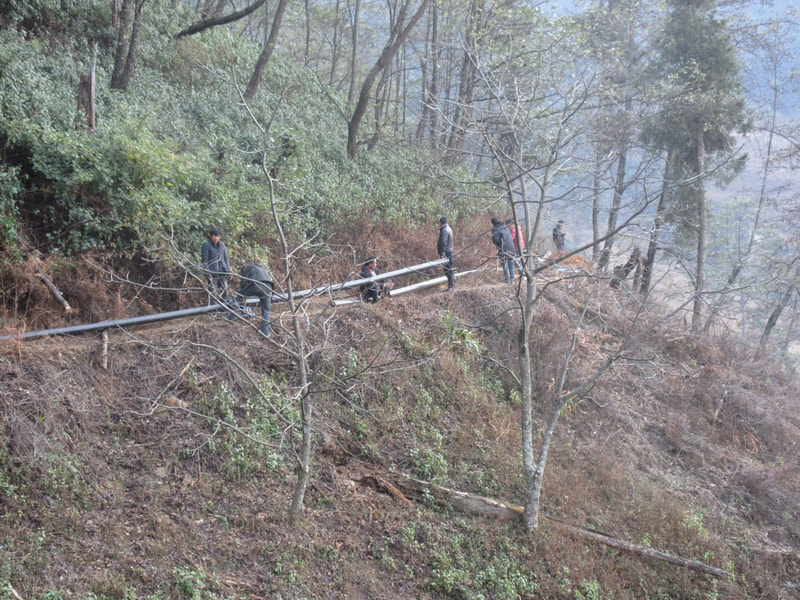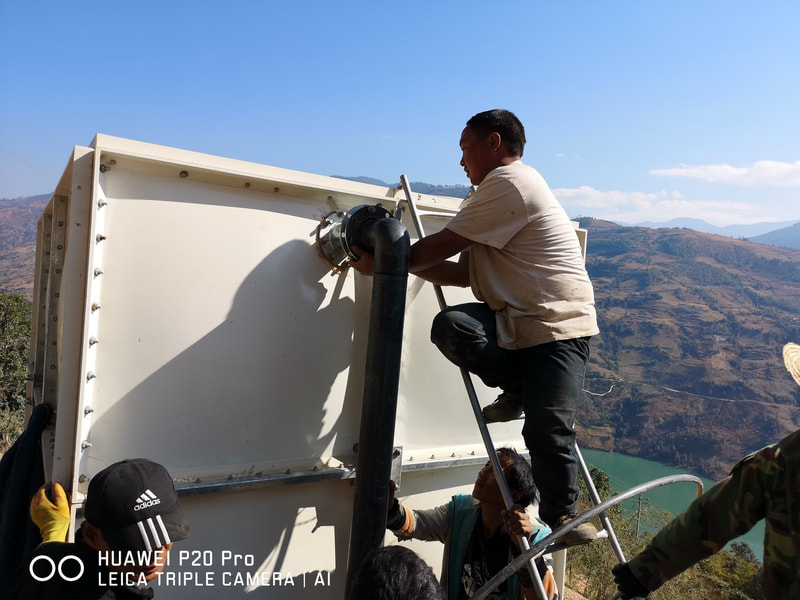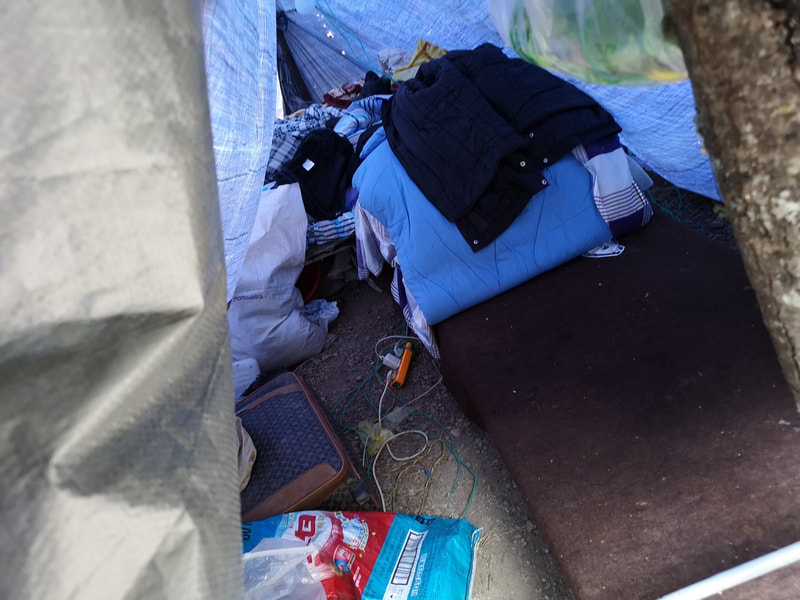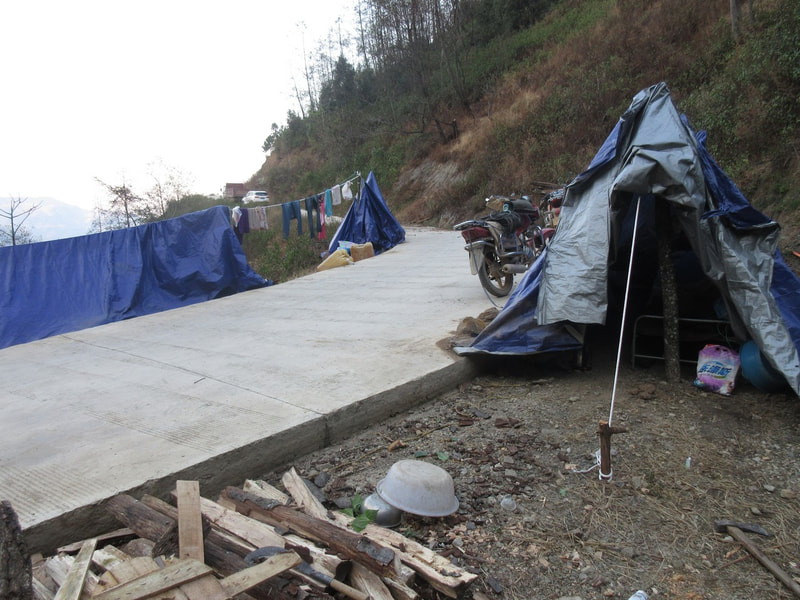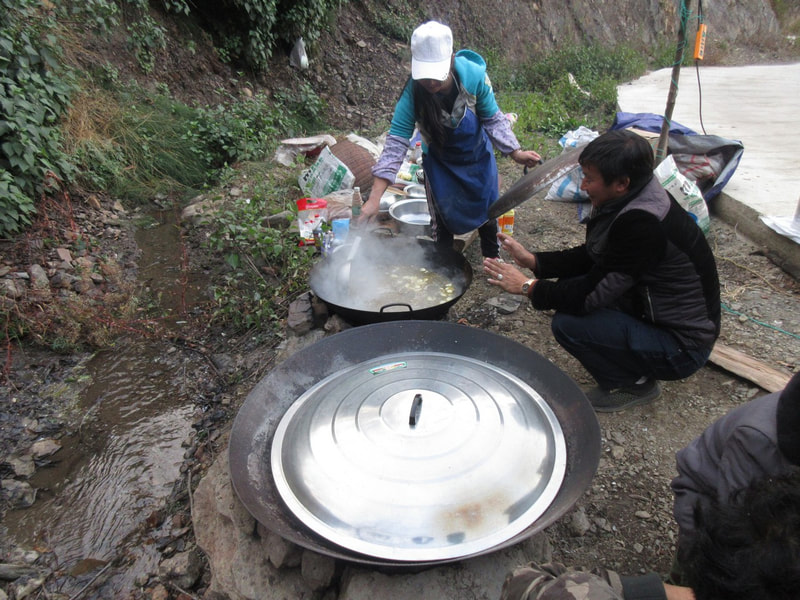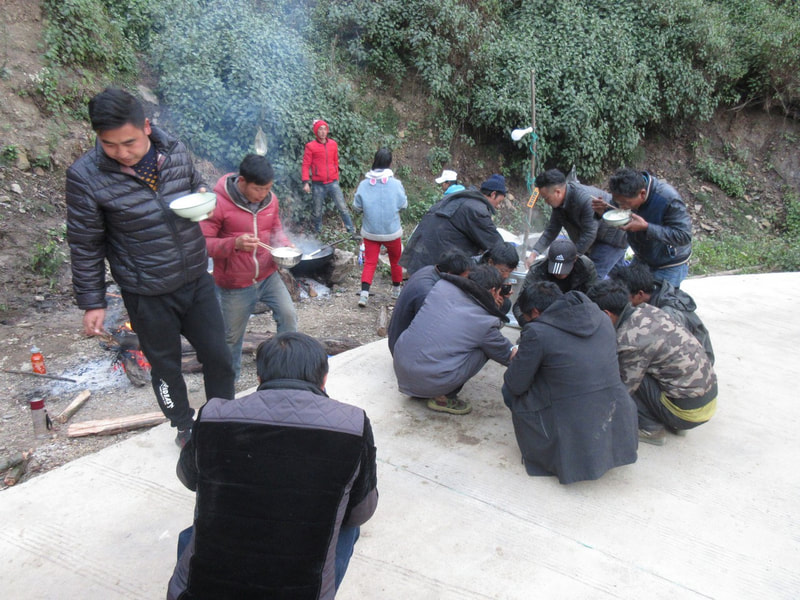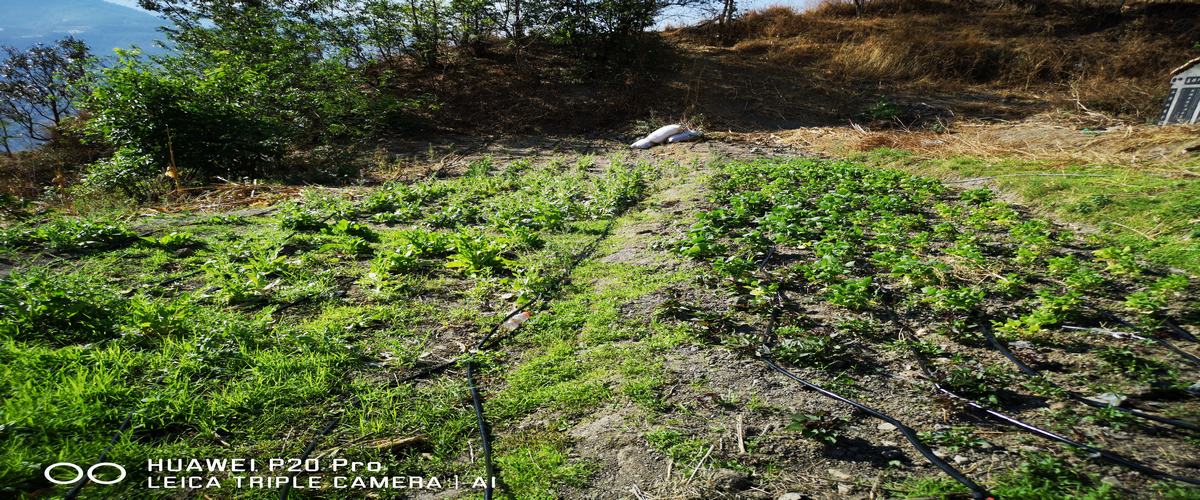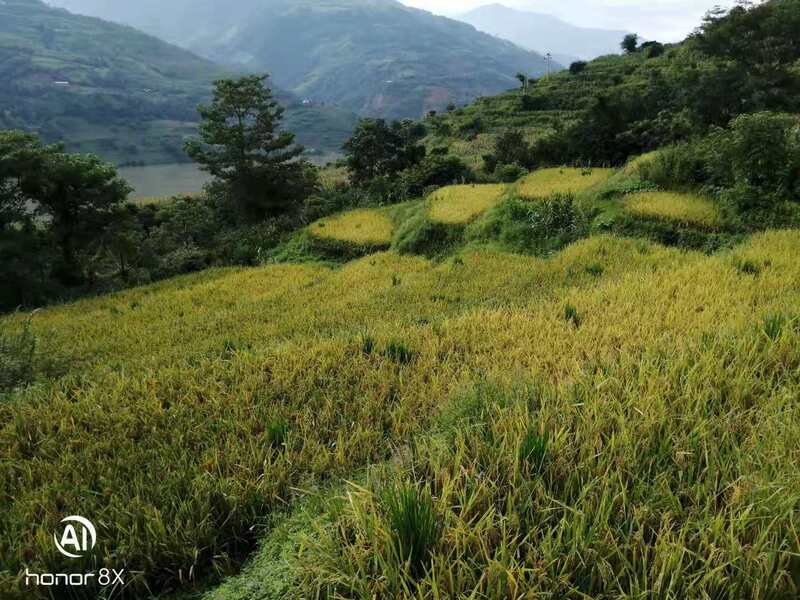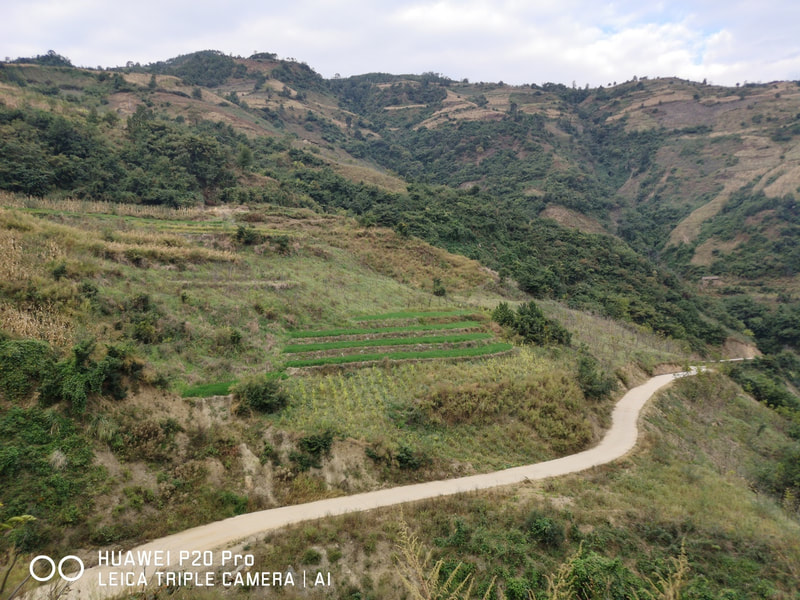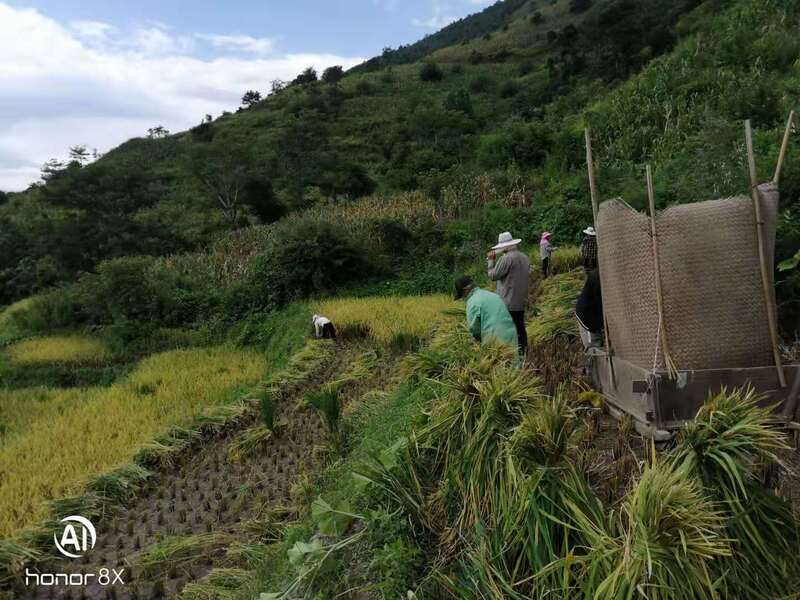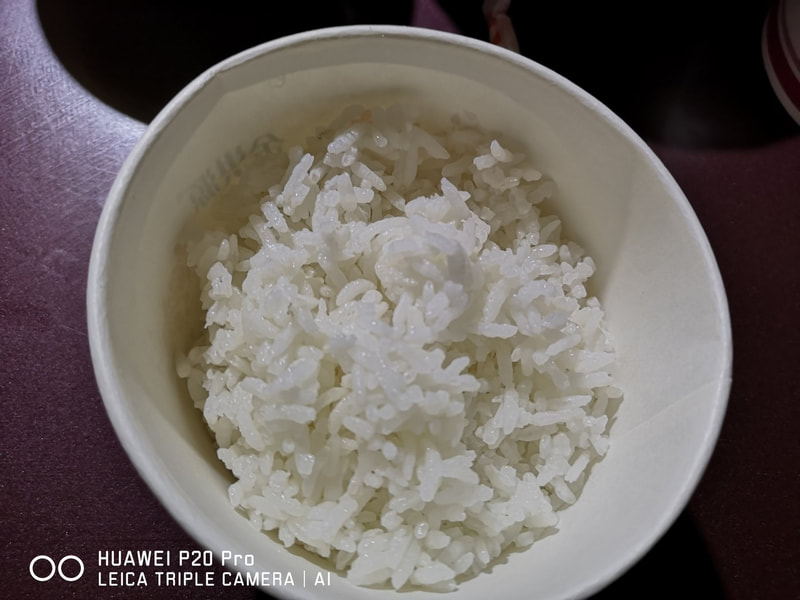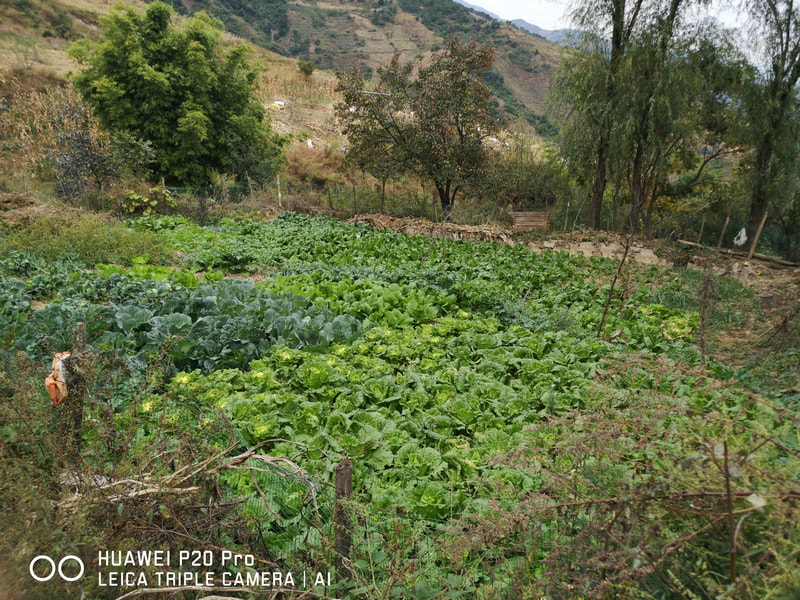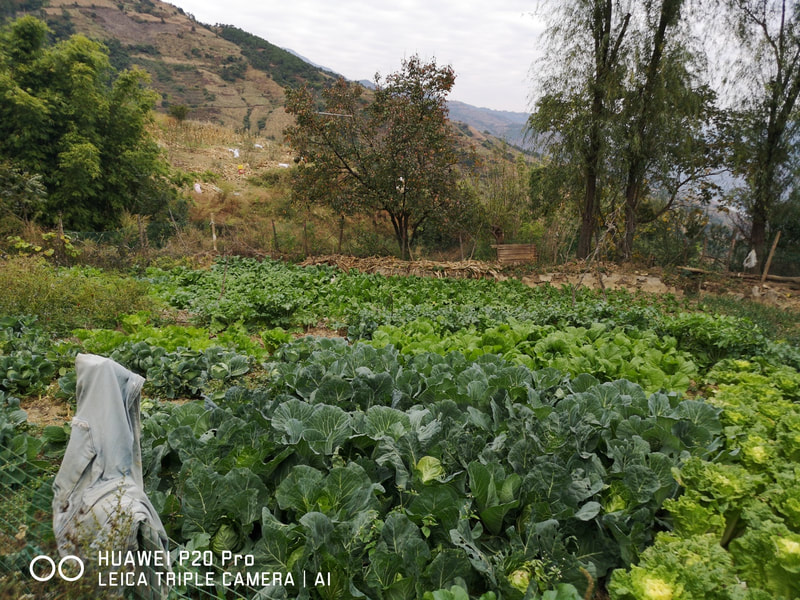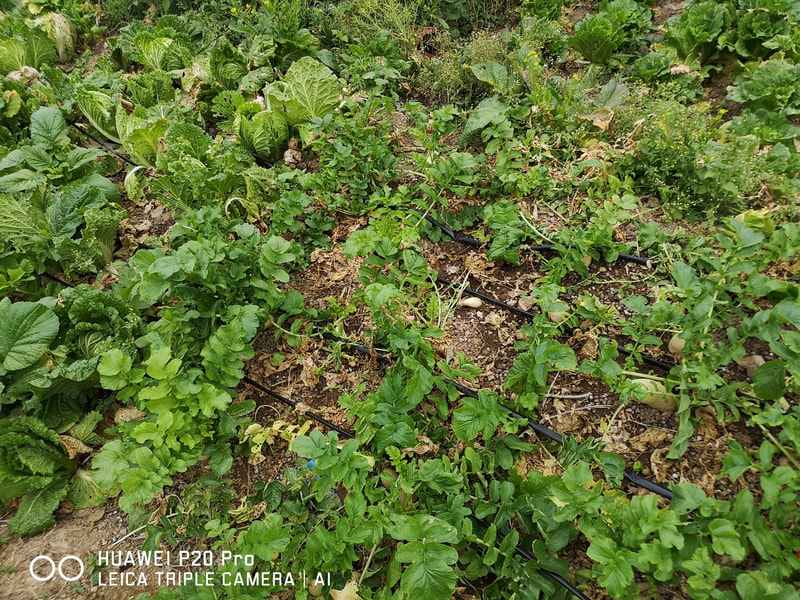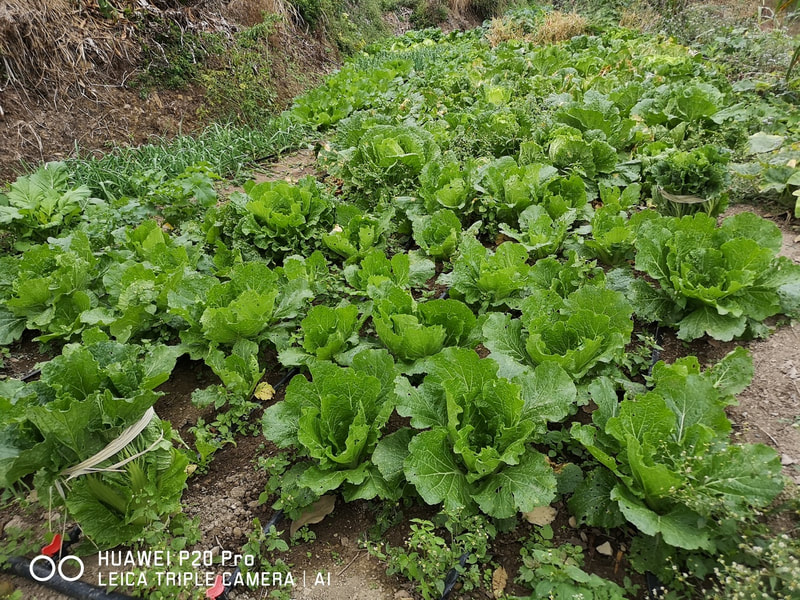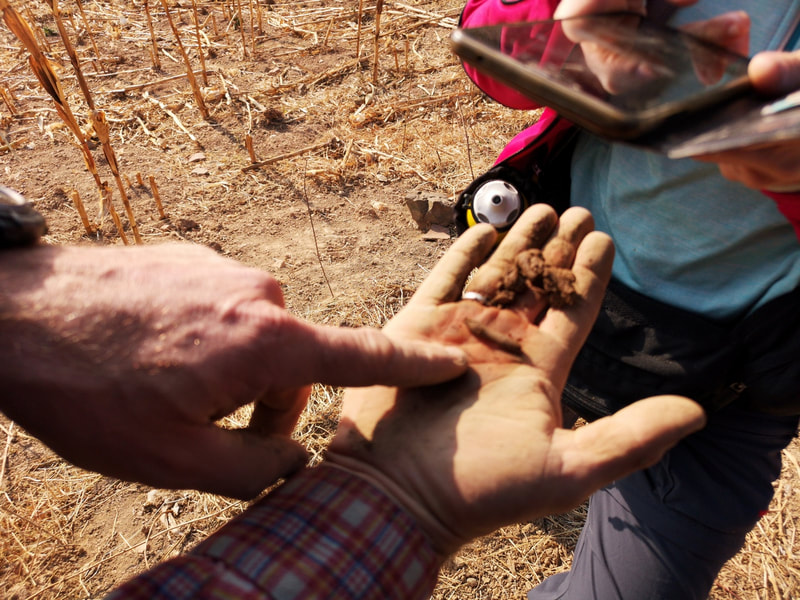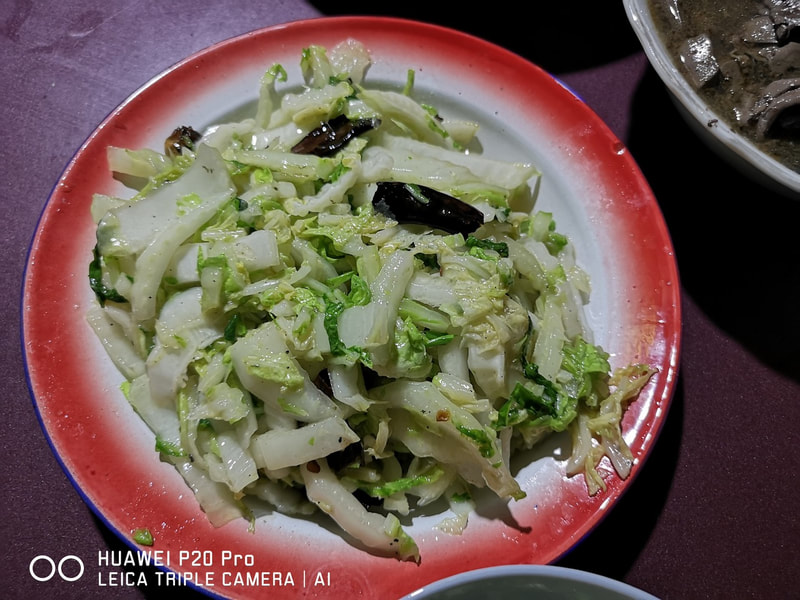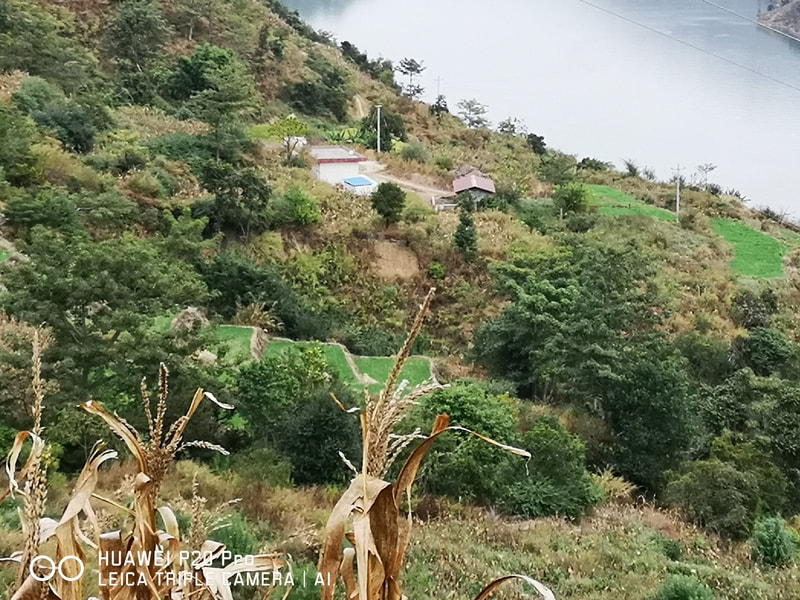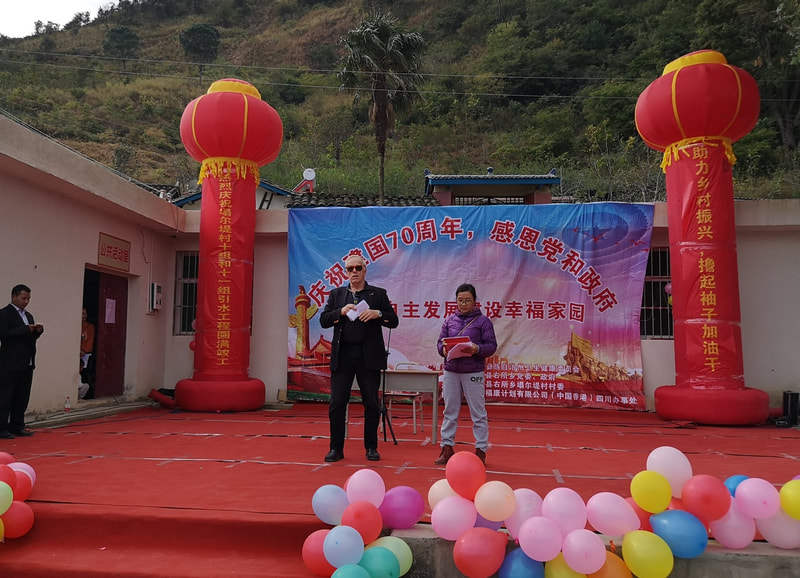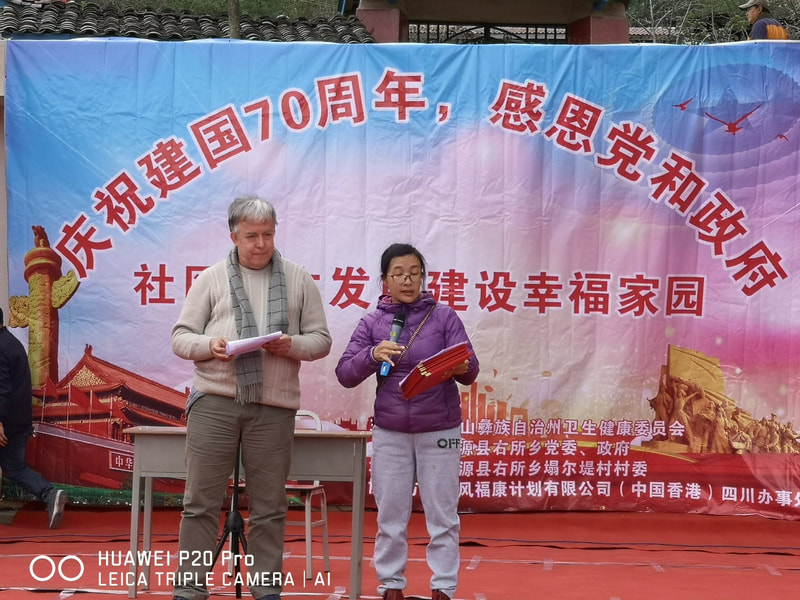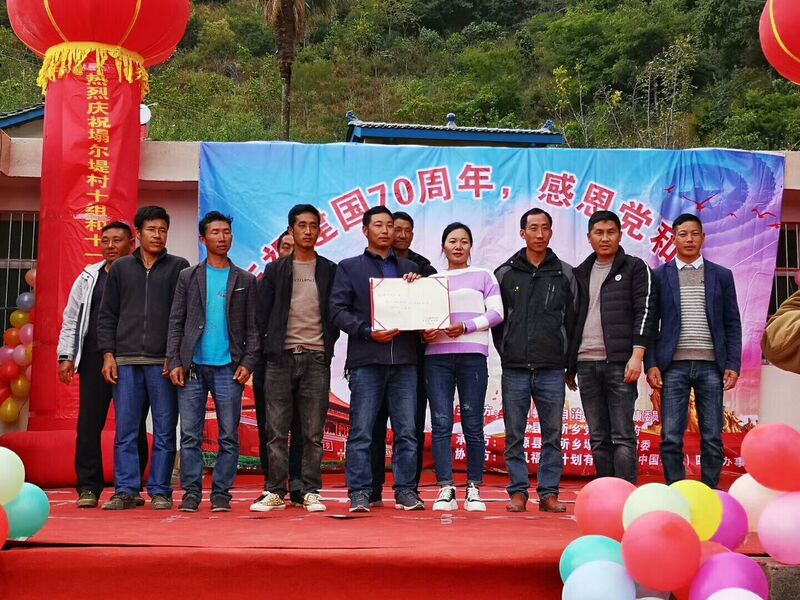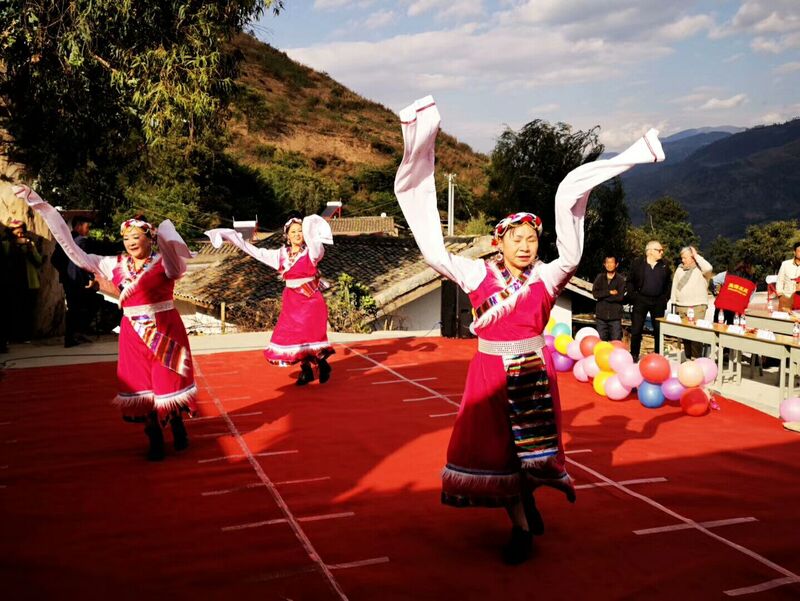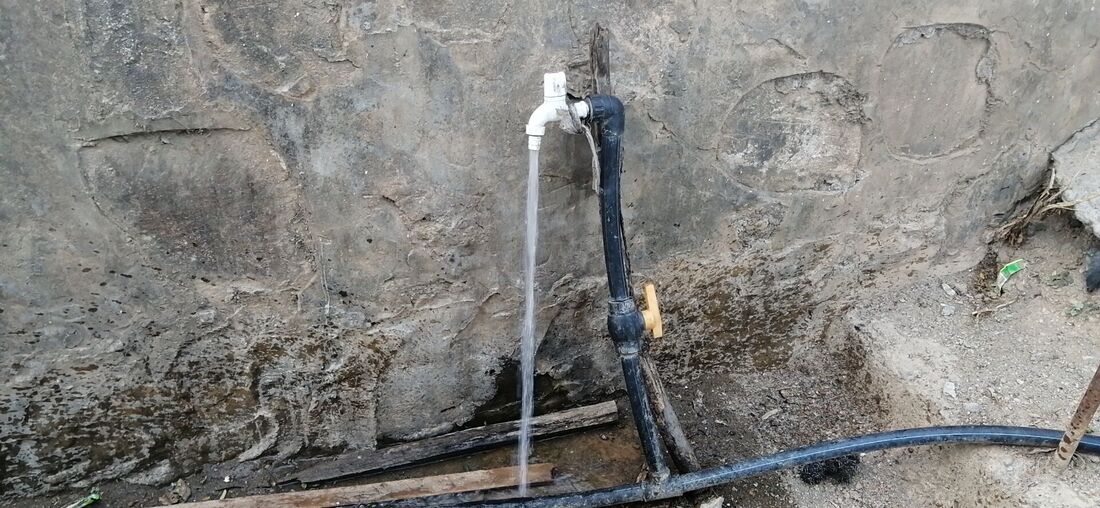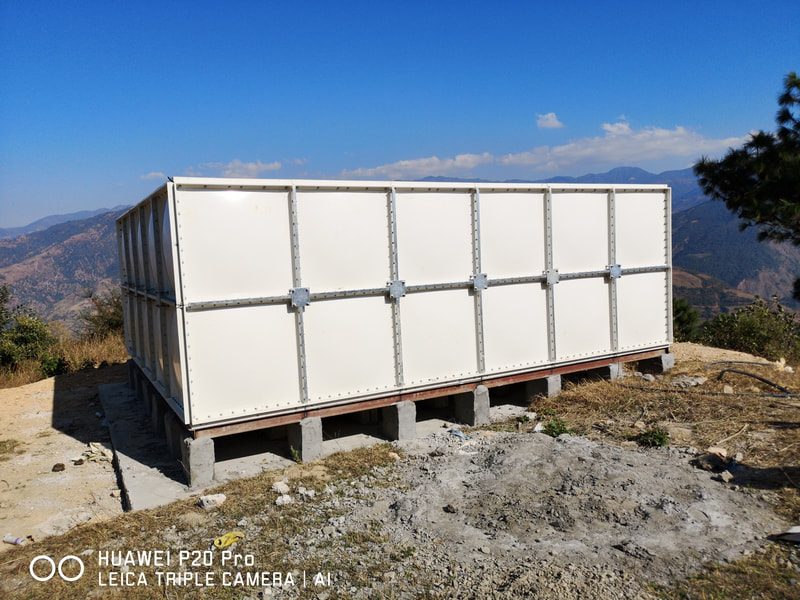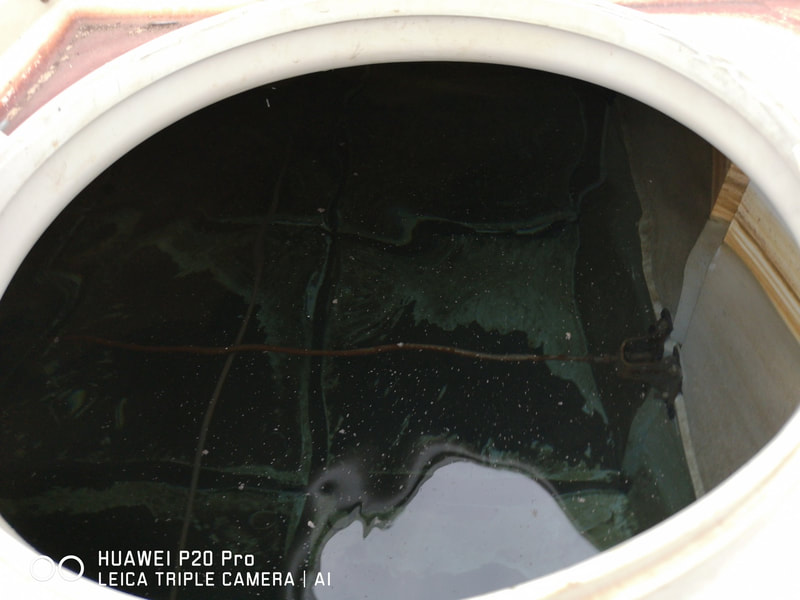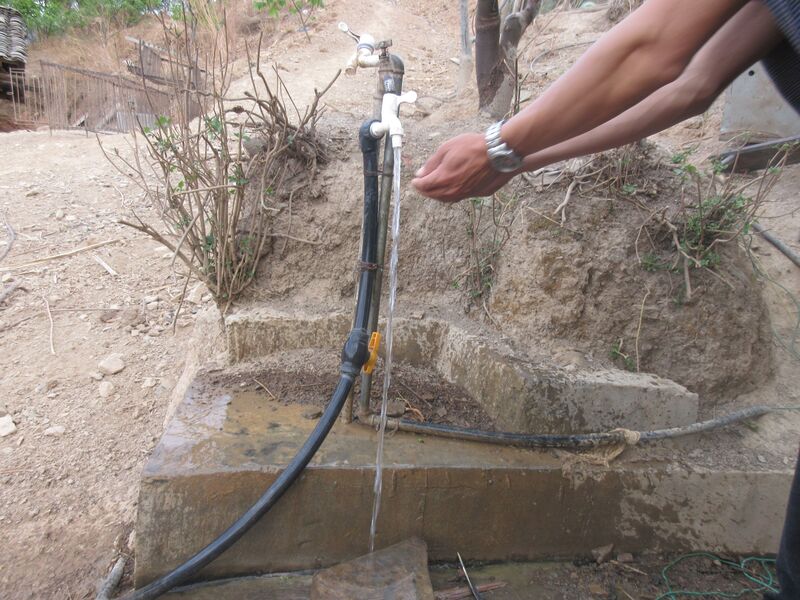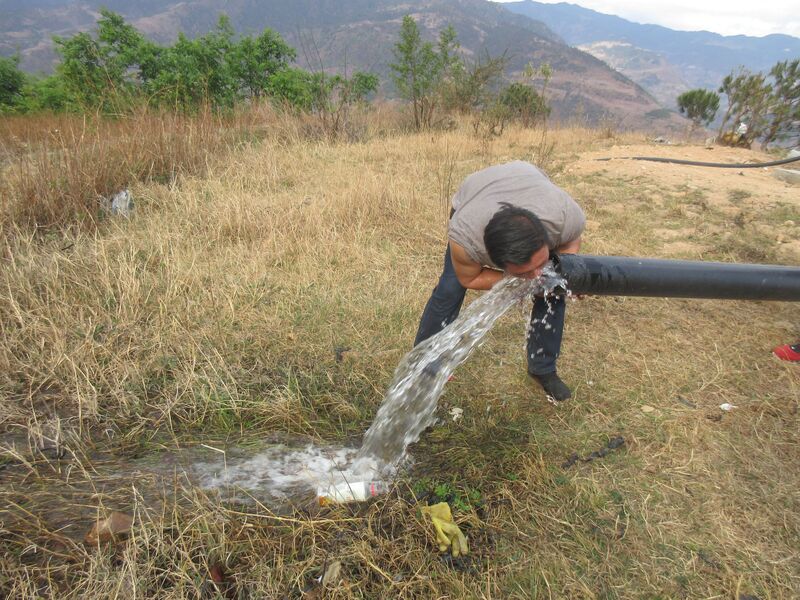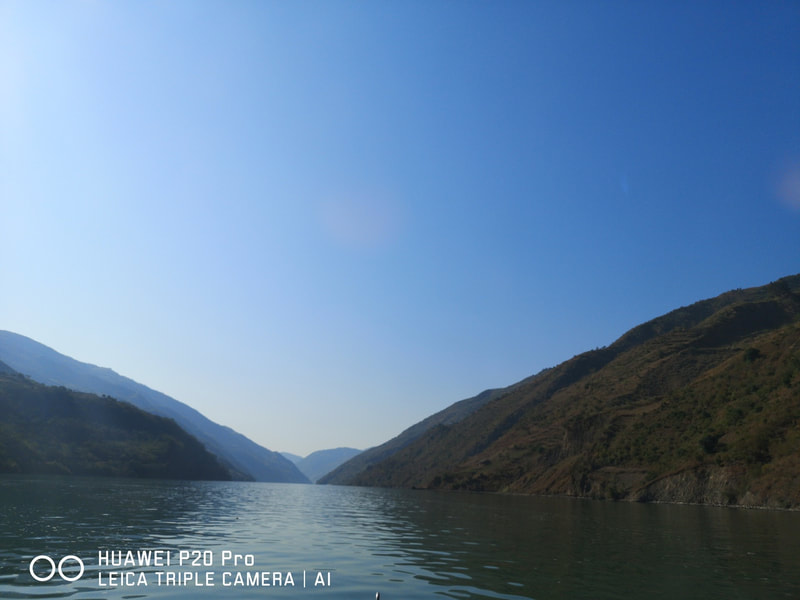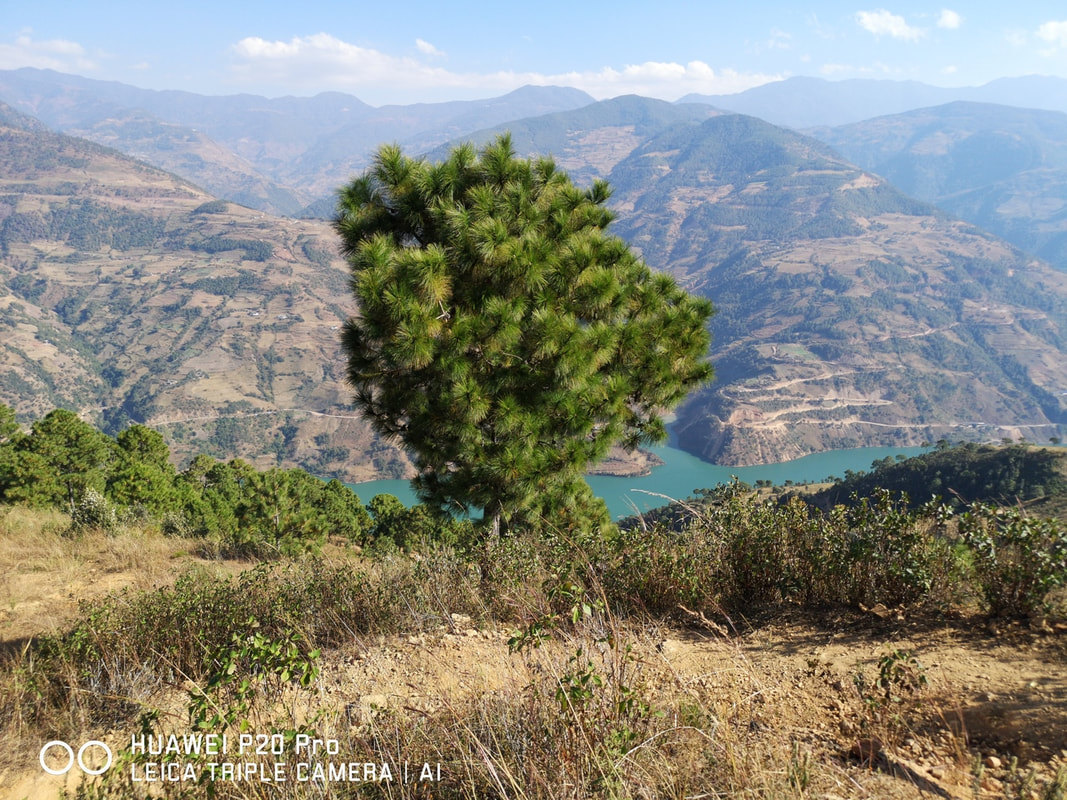update on yanyuan water project
Project Objective:
Project Scope:
The project aims to cover drinking water for all villagers in cluster 10 and 11 of Ta-Er-Ti Village, Yousou Township, Yanyuan County. To cover at least 85% of 720 mu of arable lands and forest for economic crops.
Introduction:
When we first started our Project in Yanyuan, we found out that water was the first priority during the preliminary survey of demand from the villagers in 2017. This is the typical problem of most of project villages. With the success of water project in Butuo and Jinyang, our water and agriculture experts spend several trips to Ta-Er-Ti village in Yanyuan from 2017 to 2019, who conducted survey on geographic and demographic data of the village. The first draft of the plan was completed in the middle of 2017 and then with the comments from water and agriculture experts, the water project then expanded to a larger scale. When the final plan and budget was confirmed, fund needed was then raised with support from various donors and foundations.
The Project started the first phase of the implementation in locating suppliers of water pipes, water tanks, tools and equipment needed in June 2018, villagers also confirmed the volunteer labour input through participatory approach. All the sectional water tanks were installed in November 2018, villagers then started more than 10KM of 140mm PE water pipes from the source to the village which was completed and villagers saw the first tank of water being filled up on the top of their village in February 2019. Water pipes and tapes were then connected to all households in the village; irrigation pipes and drip irrigation systems were also installed simultaneously, which took us 15 months to finish the entire project that villagers can catch water in time before dry season comes.
- To ensure 100% of 62 households are covered with tap water, to fulfill the needs of drinking water for all villagers and livestock in the village
- To cover up to 85% of arable land and forest with irrigation water; and 100% of the paddy fields are fed with water. To restore all 81 mu of paddy fields within 3 years so that villagers no long have to spend money on buying rice and aim to have an income of more than RMB100,000 per year for selling extra rice produced for the entire village.
- The irrigation system that covered more than 85% the economic crops such as corn, walnut, fruit trees and Sichuan green pepper corn which aims to generate an annual income of no less than RMB200,000 for the whole village.
- To encourage every family to set up a 0.1-0.2 mu vegetable gardens with drip irrigation system for self-consumption to improve their monotonous diet so as to improve their nutrition intake.
Project Scope:
The project aims to cover drinking water for all villagers in cluster 10 and 11 of Ta-Er-Ti Village, Yousou Township, Yanyuan County. To cover at least 85% of 720 mu of arable lands and forest for economic crops.
Introduction:
When we first started our Project in Yanyuan, we found out that water was the first priority during the preliminary survey of demand from the villagers in 2017. This is the typical problem of most of project villages. With the success of water project in Butuo and Jinyang, our water and agriculture experts spend several trips to Ta-Er-Ti village in Yanyuan from 2017 to 2019, who conducted survey on geographic and demographic data of the village. The first draft of the plan was completed in the middle of 2017 and then with the comments from water and agriculture experts, the water project then expanded to a larger scale. When the final plan and budget was confirmed, fund needed was then raised with support from various donors and foundations.
The Project started the first phase of the implementation in locating suppliers of water pipes, water tanks, tools and equipment needed in June 2018, villagers also confirmed the volunteer labour input through participatory approach. All the sectional water tanks were installed in November 2018, villagers then started more than 10KM of 140mm PE water pipes from the source to the village which was completed and villagers saw the first tank of water being filled up on the top of their village in February 2019. Water pipes and tapes were then connected to all households in the village; irrigation pipes and drip irrigation systems were also installed simultaneously, which took us 15 months to finish the entire project that villagers can catch water in time before dry season comes.
Implementation (commenced in June 2018, completed in September 2019):
Scale of the project:
Since large amount of water pipes and water tanks were needed for the project, the road to the village was winding and narrow, landslip in rain season is the most usual thing happen in the mountains; which made the delivery of the tanks and pipes extra difficult and dangerous. It took us more than 10 times to carry them all to the village by long trucks. Villagers needed to stay at the field for more than 1 month during the coldest season of the year to install the pipes.
Difficulties and risks:
The construction site for connecting pipes to the village was along the cliffs, forests. There were lots of falling rocks and landslips. We also needed to bury the pipes under the ground when the pipe went through other villages. Weather as also a big challenge, as we needed to implement in dry season which was also the coldest period of the year. Villagers needed to live in the tents and eat in the wild.
Scale of the project:
Since large amount of water pipes and water tanks were needed for the project, the road to the village was winding and narrow, landslip in rain season is the most usual thing happen in the mountains; which made the delivery of the tanks and pipes extra difficult and dangerous. It took us more than 10 times to carry them all to the village by long trucks. Villagers needed to stay at the field for more than 1 month during the coldest season of the year to install the pipes.
Difficulties and risks:
The construction site for connecting pipes to the village was along the cliffs, forests. There were lots of falling rocks and landslips. We also needed to bury the pipes under the ground when the pipe went through other villages. Weather as also a big challenge, as we needed to implement in dry season which was also the coldest period of the year. Villagers needed to live in the tents and eat in the wild.
Table 1: GRP Sectional Tanks
|
Dimension & Volume of Water Tanks
6m * 5m * 2m / 60m³
4m * 3m * 2m / 24m³
3m * 2m * 2m / 12m³
|
Quantity
2
2
2
|
Function
Distribution and Storage
Irrigation, drinking, household, vegetable gardens
Irrigation, drinking, household, vegetable gardens
|
First phase: (June to July 2018)
Villagers cleared all the obstacles on the way for the water pipes and then different sections of ditches were dug for the water pipes. Materials for concrete platforms for water tanks were delivered, 5 concrete platforms for GRP sectional tanks were built on designed location.
Second phase: (August to December 2018)
Purchasing of GRP sectional tanks and then delivered to Xichang from Shandong. Project invited experienced villagers in Butuo to teach villagers in Yanyuan to install the tanks, and shared techniques in pipe connections as well as drip irrigation.
Villagers cleared all the obstacles on the way for the water pipes and then different sections of ditches were dug for the water pipes. Materials for concrete platforms for water tanks were delivered, 5 concrete platforms for GRP sectional tanks were built on designed location.
Second phase: (August to December 2018)
Purchasing of GRP sectional tanks and then delivered to Xichang from Shandong. Project invited experienced villagers in Butuo to teach villagers in Yanyuan to install the tanks, and shared techniques in pipe connections as well as drip irrigation.
Third phase: (December 2018 to September 2019)
Villagers built up sites for the installation of water tanks in December, 2018 for connection 140mm PE pipes to the village. 2 catchment tanks and sediment tanks were built at the water source. Villagers spent 34 days in connecting 10,338 meters of 140mm PE pipes to the main water tank located on the top of the village. Villagers including young men and women input their labour all the way through the construction period. Students also input their labor when they were on their holidays. Those elderly from the five-guaranteed households also donated chickens to the villagers to improve boost their nutrition intake. This was not about the food they donated, it was the bond between each villager.
Villagers built up sites for the installation of water tanks in December, 2018 for connection 140mm PE pipes to the village. 2 catchment tanks and sediment tanks were built at the water source. Villagers spent 34 days in connecting 10,338 meters of 140mm PE pipes to the main water tank located on the top of the village. Villagers including young men and women input their labour all the way through the construction period. Students also input their labor when they were on their holidays. Those elderly from the five-guaranteed households also donated chickens to the villagers to improve boost their nutrition intake. This was not about the food they donated, it was the bond between each villager.
Table 2: Functions and length of water pipes:
|
Description of Water Pipe
140mm PE Pipe
110mm PE Pipe
63mm PE Pipe
50m PE Pipe
40mm PE Pipe
32mm PE Pipe
25mm PE Pipe
Irrigation Pipe
|
Length / Meter
10338 M
3138 M
200 M
2000 M
800 M
7400 M
2000 M
8000 M
|
Function
Connect water from the main water source in the mountain to the first distribution and storage tank on the top of the mountain.
Pipes from secondary source to the paddy fields along Yalong River.
Extension for paddy fields
Distribution pipes from water pipes to village
Divisional pipes for irrigation
For irrigation of economic trees and other economic crops
Pipes to households
For drip irrigation system of household vegetable gardens
|
Beneficiaries:
The project benefited 168 villagers from 64 households, which secured their household and irrigation water. There are totally 720.6 Mu of fields, and the project covered 646.6 Mu, which is about 90% of the arable land.
The project benefited 168 villagers from 64 households, which secured their household and irrigation water. There are totally 720.6 Mu of fields, and the project covered 646.6 Mu, which is about 90% of the arable land.
Table 3: Volunteer labour input from the community:
|
Volunteer labour input
Input from volunteer male villagers
Input from volunteer female villagers
Input from volunteer students from the village
Total times of volunteer labour input
|
Number of times of labour input
1446
320
78
1844
|
Immediate results of the water project:
- 186 villagers from 62 households benefited from the water project.
- Water storage system enabled year-round use of water for both household and irrigation, especially during dry season.
- Improved personal and community hygiene to avoid transmission of diseases.
- From 0 irrigated land to 720 mu arable land was covered by the irrigation, where 100% of paddy fields shall be fed.
- Yields from green pepper corn, walnut and corn increased from RMB30,000 to RMB50,000 the first year, and planned to have a yield of RMB200,000 and an extra income of RMB130,000 from selling rice by restoring 81 mu of paddy fields in three years.
- Enlarged area of vegetable garden by 3 folds for self-consumption.
- Enabled villagers to grow wheat as their second crop after the harvest of rice in the paddy fields.
Future plans:
Villagers in Ta-Er-Ti now can enjoy the clear sound of flowing water especially at the paddy fields, which once was as dry as a desert. Villagers could not find words to express their happiness. They all have different pictures of their own future village and their home. They would like to make their dreams successful with development plan of the village.
Villagers in Ta-Er-Ti now can enjoy the clear sound of flowing water especially at the paddy fields, which once was as dry as a desert. Villagers could not find words to express their happiness. They all have different pictures of their own future village and their home. They would like to make their dreams successful with development plan of the village.
- To introduce drip irrigation system to all vegetable gardens in the village, each household should have at least 0.2 mu of vegetable garden for self-consumption.
- To expand paddy fields, to ensure the supply of rice to all villagers.
- To extend the variety of fruit trees as their economic crops, in order to improve their income and improve their standard of living.
- They shall introduce 150 mu of citrus trees that is suitable for the climate and soil in the village these two years.
- To plant marketable fruits and vegetables to sell in Xichang and as far as to Chengdu.
Table 4: General distribution of the water system:
|
Description / Irrigation for
Walnut trees
Green Sichuan pepper corn trees Mango trees Other crops (corn, potato, etc.) Paddy fields Household tap water |
Irrigated land / Mu
m44
242 74 92.6 (up to max.) 81 62 |
% of total area
85%
87% 90% 85% 100% 100% |
- The water project covered 90% of 720.6 mu of arable land, which is 646.6 mu. And secured all households with tap water.
Table 5: Expenses on the water project
|
Serial
1.
2. 3. 4. 5. 6. 7. 8. 9. |
|
With special thanks to:
Director Mr. John Bowden for supporting in planning and designing of the project
Director Mr. Thomas Wiedemann for supporting in agricultural planning and implementations.
Directors Mr. Nicholas Pirie, Mr. Malcolm Kemp and Mr. John Bowden for raising funds for the project.
Mr. Darren Todd and Mr. John Hendrickse for conducting survey in planning of the project.
All board members of The Leprosy Project for raising funds and providing technical and management support to the project.
Staff of TLP is Xichang office, especially Kelly Xu XianFeng. Jidi Shiri, JIsha Erqie and Shengbu Riha of the community development team in implementing the project.
All villagers, especially the members of the village management team of cluster 10 and 11 of Ta-Er-Ti Village for all of their voluntary labour input.
Director Mr. John Bowden for supporting in planning and designing of the project
Director Mr. Thomas Wiedemann for supporting in agricultural planning and implementations.
Directors Mr. Nicholas Pirie, Mr. Malcolm Kemp and Mr. John Bowden for raising funds for the project.
Mr. Darren Todd and Mr. John Hendrickse for conducting survey in planning of the project.
All board members of The Leprosy Project for raising funds and providing technical and management support to the project.
Staff of TLP is Xichang office, especially Kelly Xu XianFeng. Jidi Shiri, JIsha Erqie and Shengbu Riha of the community development team in implementing the project.
All villagers, especially the members of the village management team of cluster 10 and 11 of Ta-Er-Ti Village for all of their voluntary labour input.
Reported by:
JIdi Shiri, JIsha Erqie, Shengbu Riha and Sebastian Tseung
January 2020
JIdi Shiri, JIsha Erqie, Shengbu Riha and Sebastian Tseung
January 2020
